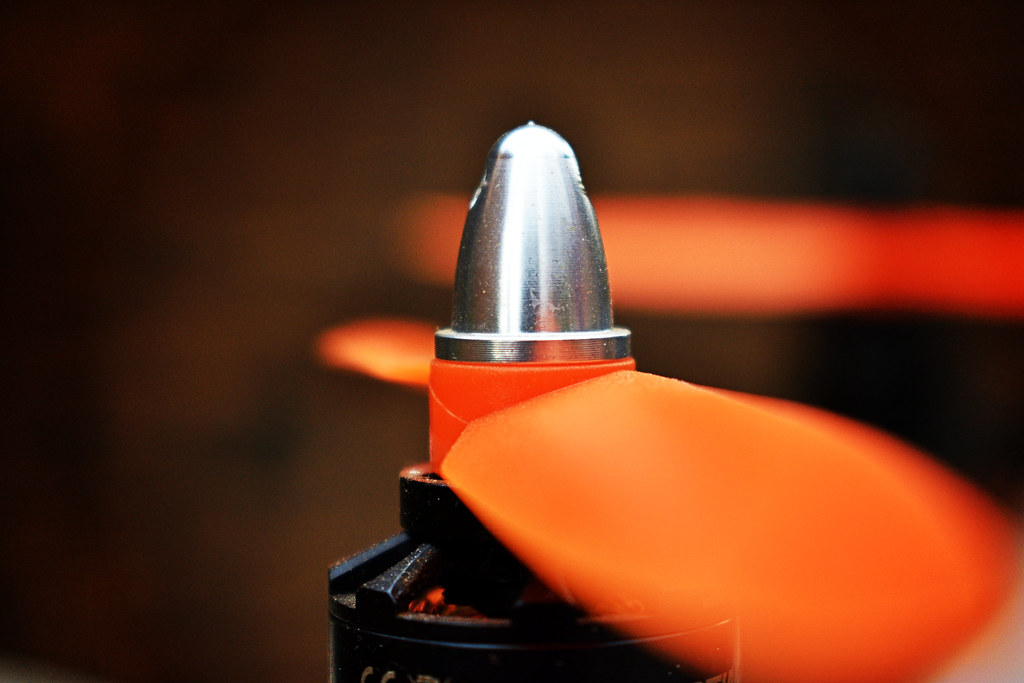Optimizing Drone Propeller Selection for Enhanced Performance
Choosing the right propellers can significantly impact your drone’s performance, affecting everything from flight time to maneuverability. This guide will walk you through the key factors to consider when selecting propellers for your intermediate-level drone.
Understanding Propeller Specifications
- Diameter and Pitch: Propeller diameter is the distance across the circle traced by the blade tips. Pitch refers to the theoretical distance a propeller would move forward in one revolution. Larger diameter and higher pitch propellers generate more thrust but consume more power.
- Material: Propellers are commonly made of plastic, carbon fiber, or wood. Plastic is affordable and durable, carbon fiber offers the best strength-to-weight ratio, and wood provides a balance between cost and performance.
- Shape: Propeller blades come in various shapes, each influencing thrust and efficiency. Common shapes include standard, bullnose, and hybrid designs.
Factors Influencing Propeller Choice
- Drone Size and Weight: Larger and heavier drones require propellers with a larger diameter and higher pitch to generate sufficient lift.
- Motor Specifications: Your motor’s kV rating (RPM per volt) dictates the ideal propeller size. Higher kV motors work best with smaller propellers, while lower kV motors benefit from larger ones.
- Desired Flight Characteristics: Do you prioritize speed, agility, or efficiency? Propeller choice plays a crucial role. For instance, larger propellers with a lower pitch enhance efficiency for longer flight times, while smaller, higher-pitch propellers deliver increased speed and responsiveness.
- Payload Capacity: If you frequently carry cameras or other payloads, you’ll need propellers that can handle the additional weight.
Propeller Testing and Experimentation
The best way to determine the ideal propellers for your specific drone and flying style is through experimentation. Start with propellers recommended by your drone manufacturer or other experienced pilots, and gradually test different sizes and types. Observe how each set affects your drone’s performance in terms of flight time, stability, maneuverability, and responsiveness.
Pro Tips
- Dynamic Balancing: Ensure your propellers are balanced for smooth and efficient operation. You can use a propeller balancer to identify and correct any imbalances.
- Regular Inspection: Regularly inspect your propellers for any signs of damage or wear. Replace them promptly to avoid compromising flight safety.
Tags: Drones, Propellers, DIY, Hardware, Optimization, Performance, Intermediate
